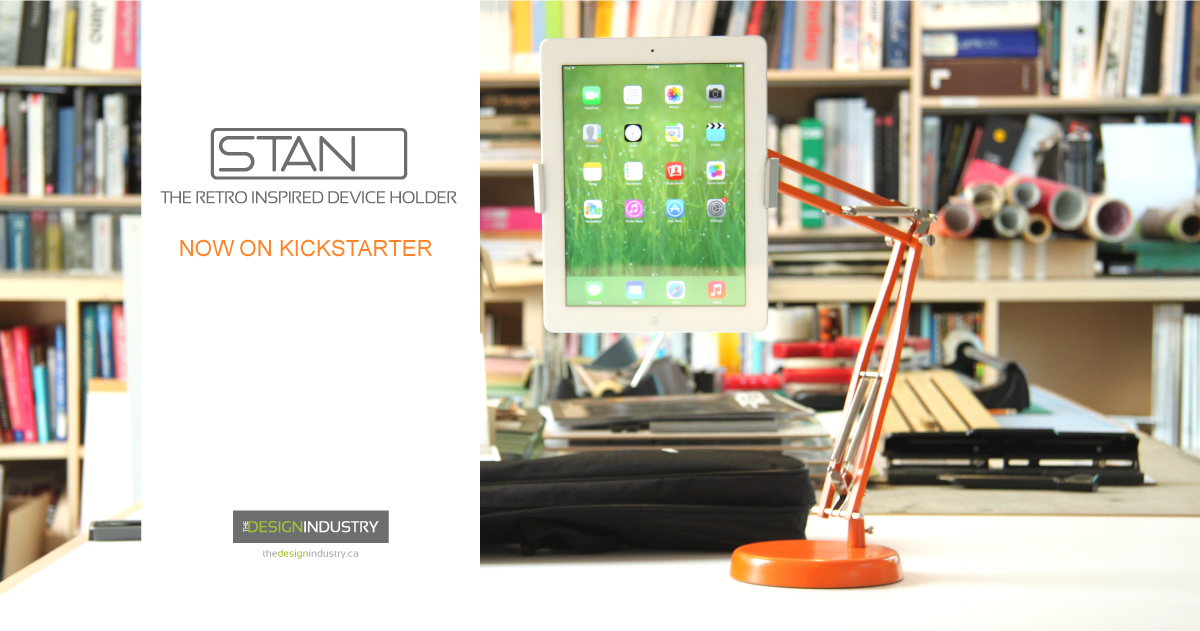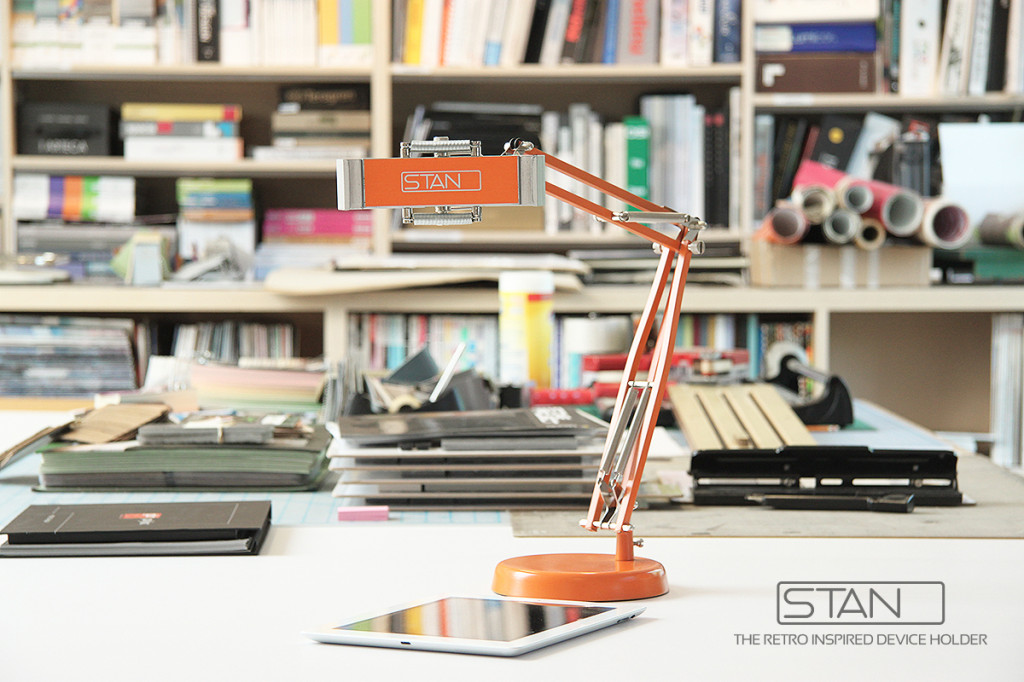If you have an idea, there are a lot of ways to get a product to market, typically though there is a process which those who have done it before follow. The design process nets numerous prototypes. Those prototypes allow for testing and help in the communication with potential manufacturers. Designs made in 3D CAD software are used to create detail drawings and specifications for production. Tooling if required is then produced at an up-front cost that can range from a few thousand dollars into tens or even hundreds of thousands depending on the product. After production samples are reviewed, tooling is tweaked, assembly and finish methods are adjusted, quality control checklists are made, and a first order is placed with a large deposit. THEN…the product is ready to market and sell. A lot of time and a lot of money is spent before anyone even sees it. Making people aware of your great idea is a whole different challenge that comes after.
Crowd-funding changed the way small independent designers, artists, and craftsman can get capitol for start-up costs to bring a product to market. The idea of crowd-funding is well understood at this point in time; you are not buying a product but supporting an idea within a community and quite often the reward or “thank you” for the support is the said product being supported.
In the case of Kickstarter, the guidelines say that the reward a creator offers should be offered at a monetary level below the future market value of the product. It should also include shipping whenever possible as highly encouraged by Kickstarter. If your item will retail for $100+shipping…you might offer it as a reward for $80 shipped in your campaign. Backers who support the campaign get a deal on the item. You get some money up front to minimize risk. Everyone wins.
The downside of this for the project creator is that while minimizing financial risk, it also minimized profit or removes it completely. I’ll explain this below:
Lets say your item retails for $100+shipping. Your cost on the item is $30. Shipping the reward to a backer is $25 on average for North America. There was tooling that if you amortize over your first order adds $20 to each unit. There is freight to you and duties, and warehousing. Now if you said on your campaign it was $80 shipped…you would be lucky to break even and your time wasn’t compensated for. BUT…you didn’t invest any of your own money and if you have time to give but no cash to give this is an ok way to go about it!
On the other hand, if you had invested in the tooling and first order yourself with your own money and sold the first order for $100+shipping then you just made $20 ($100-$80) plus the $25 that would have gone towards shipping so that’s $45 on each one. You were out of pocket up front, but turned a profit at the end of that first order in this example.
I had the credit and capitol to invest in tooling and a small production order myself, so why did I do a Kickstarter campaign?
Crowd-funding allows you to test the market and feel it out. Is your idea as good as you think it is? Will it be worthwhile to invest time and money into it? What colours, options, or features will people like best or ask for? Crowd-funding not only helps you answer those questions, but it also gives you a jump start on marketing the product by giving it exposure before it’s even available. There are countless bloggers and websites who write about, repost, and showcase new ideas from crowd-funding sites and they do you a huge service for free buy sharing your campaign among their subscribers. In short, you get market research, real world input, and free marketing to build brand awareness, all while minimizing your financial risk.
It seems like a no brainer that crowd-funding is the way to go but later I will talk about some cases where maybe it’s not right for you, as well as some things I learned that will make the next campaign run much smoother while reducing the potential for stress and/or delays on fulfilling your campaign. Stay tuned…


